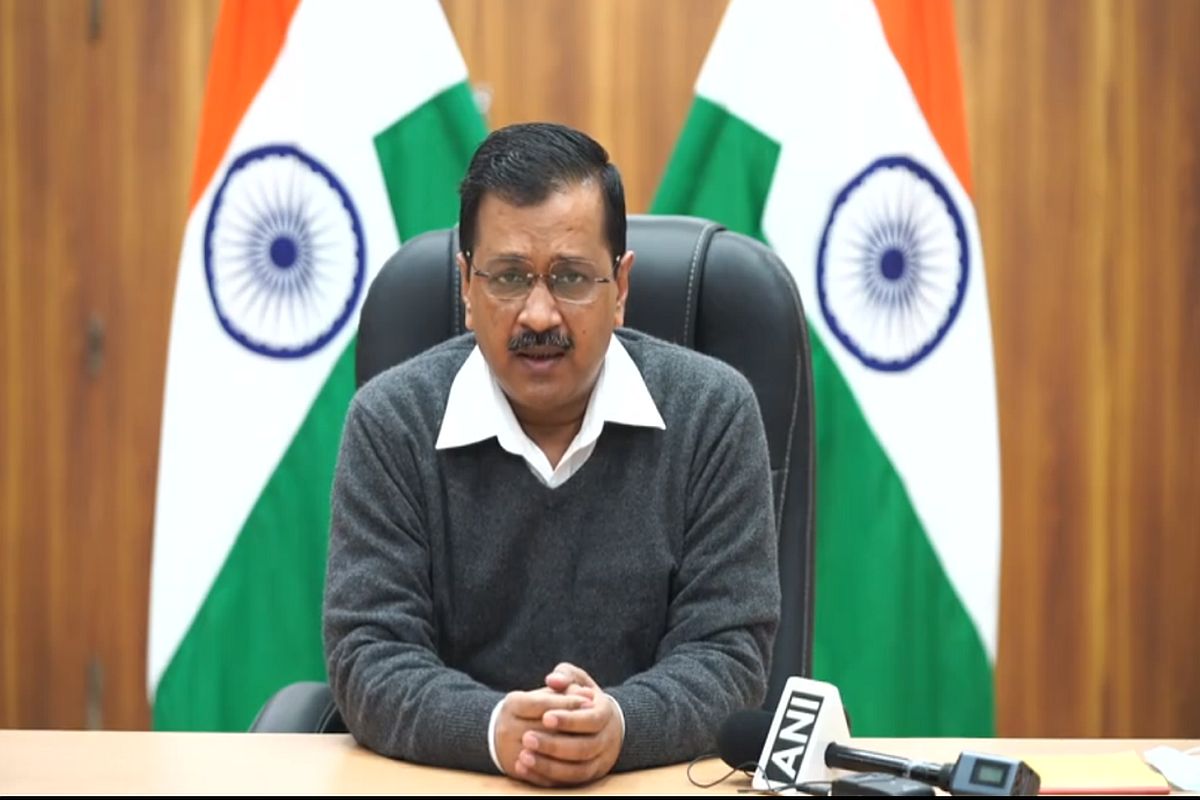Delhi chief minister Arvind Kejriwal today held a review meeting with PWD officials on the status of the ongoing projects in the national capital of redesigning and streetscaping of seven road stretches and 540 km of identified roads on the lines of the roads in European cities.
Kejriwal directed the officials to remove all obstacles to redesign the road stretches and identified roads of Delhi.
Advertisement
He said the process of designing the roads should be done in a swift manner and the project should be completed within the stipulated deadline by 2023.
There should be no laxity in completion, he said.
The CM wanted the PWD to ensure the removal of all obstacles and said the projects needed to be completed in two years.
The deadline for redesigning the entire 540-km stretch is early 2023.
The agency entrusted with the task of construction will also be responsible for the maintenance of the roads for a period of 15 years. Kejriwal had approved the project of redesigning some of the roads falling under the jurisdiction of the PWD in November 2019. Under the pilot project, the Delhi government decided to redesign the 100-feet wide roads on the lines of those in European cities.
The Delhi government recently redeveloped the Chandni Chowk road as a pilot project, extending the scheme to the 100-feet wide and about 500-km-long roads in Delhi.
The development of these roads will be on the basis of the “Build-Operate-Transfer” (BOT) model and the construction company will take care of the roads’ maintenance for 15 years.
According to a government official, the main objectives of the project will be removing bottlenecks from the roads for smooth flow of traffic, encouraging the use of non-motorised vehicles and constructing disabled friendly infrastructure while ensuring efficient use of space alongside the road stretches.
There will be separate spaces for the planting of trees on the sides of the footpaths.
There will be separate parking spaces for electric vehicles and autorickshaws alongside the footpaths.
The slope of the roads as well as the drains will be redesigned to tackle the problem of waterlogging on the roads.
The rainwater harvesting structures will be built inside the drainage systems to store rainwater as groundwater.
Not even an inch of the surface of any road or roadside will be left uncovered to ensure that there is no dust on the roads.
Adequate grass and shrubs will be planted on all surfaces to ensure dust control, the official added.











